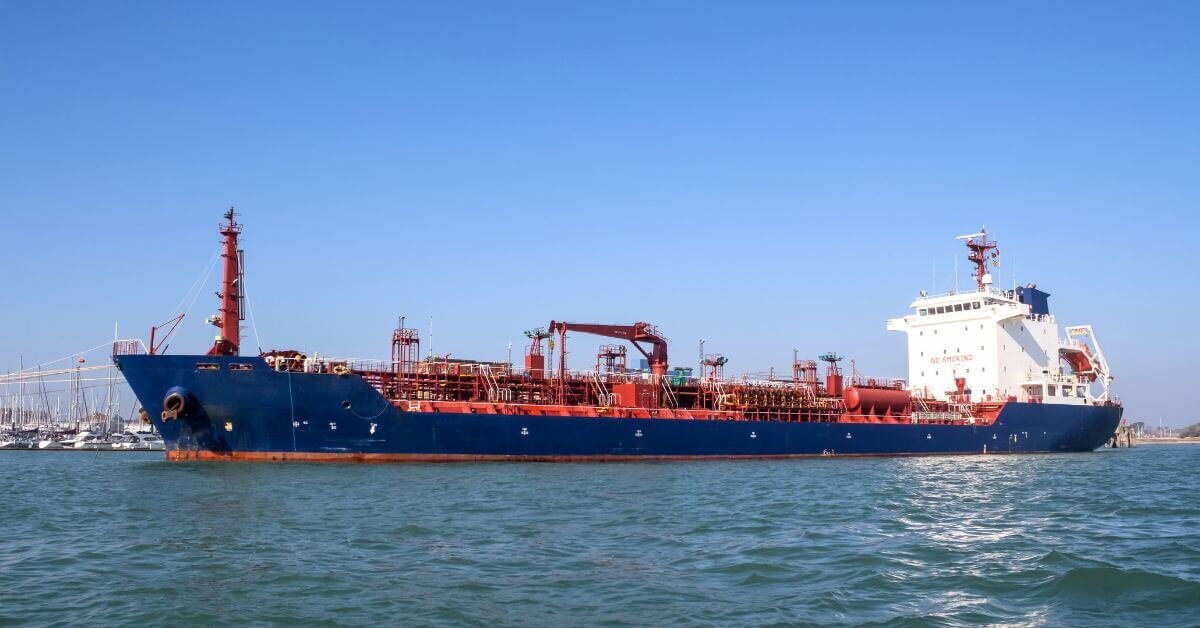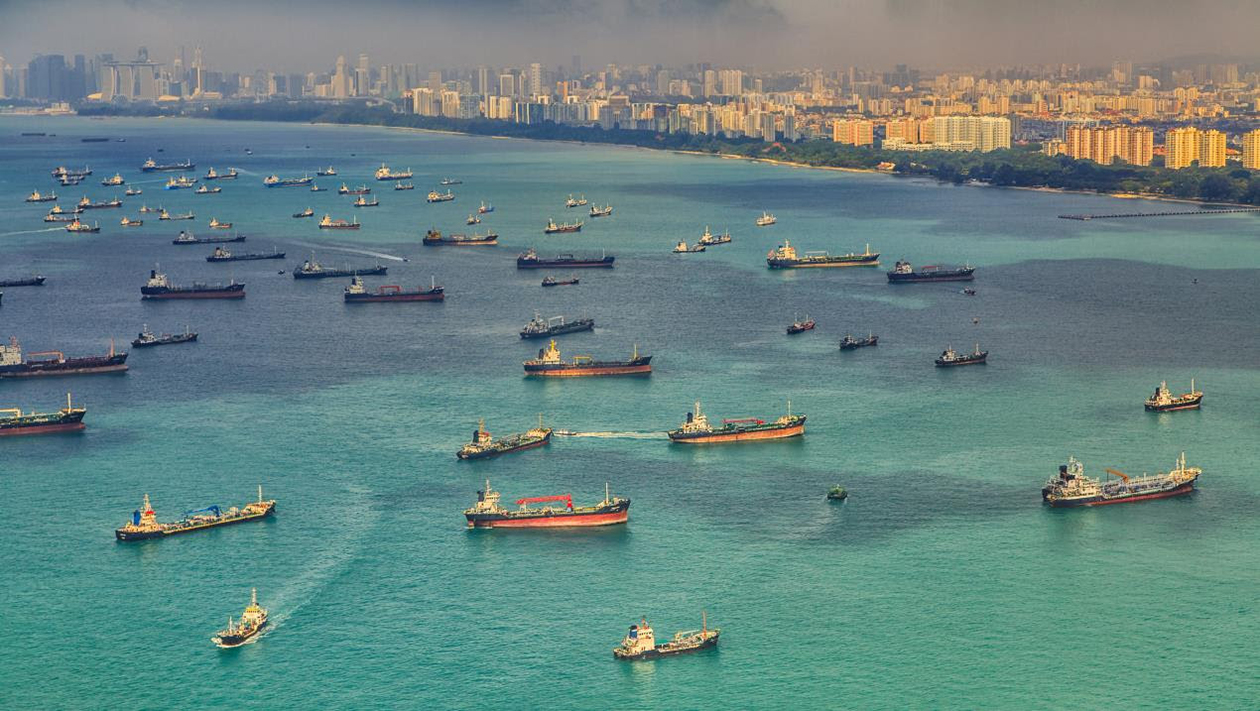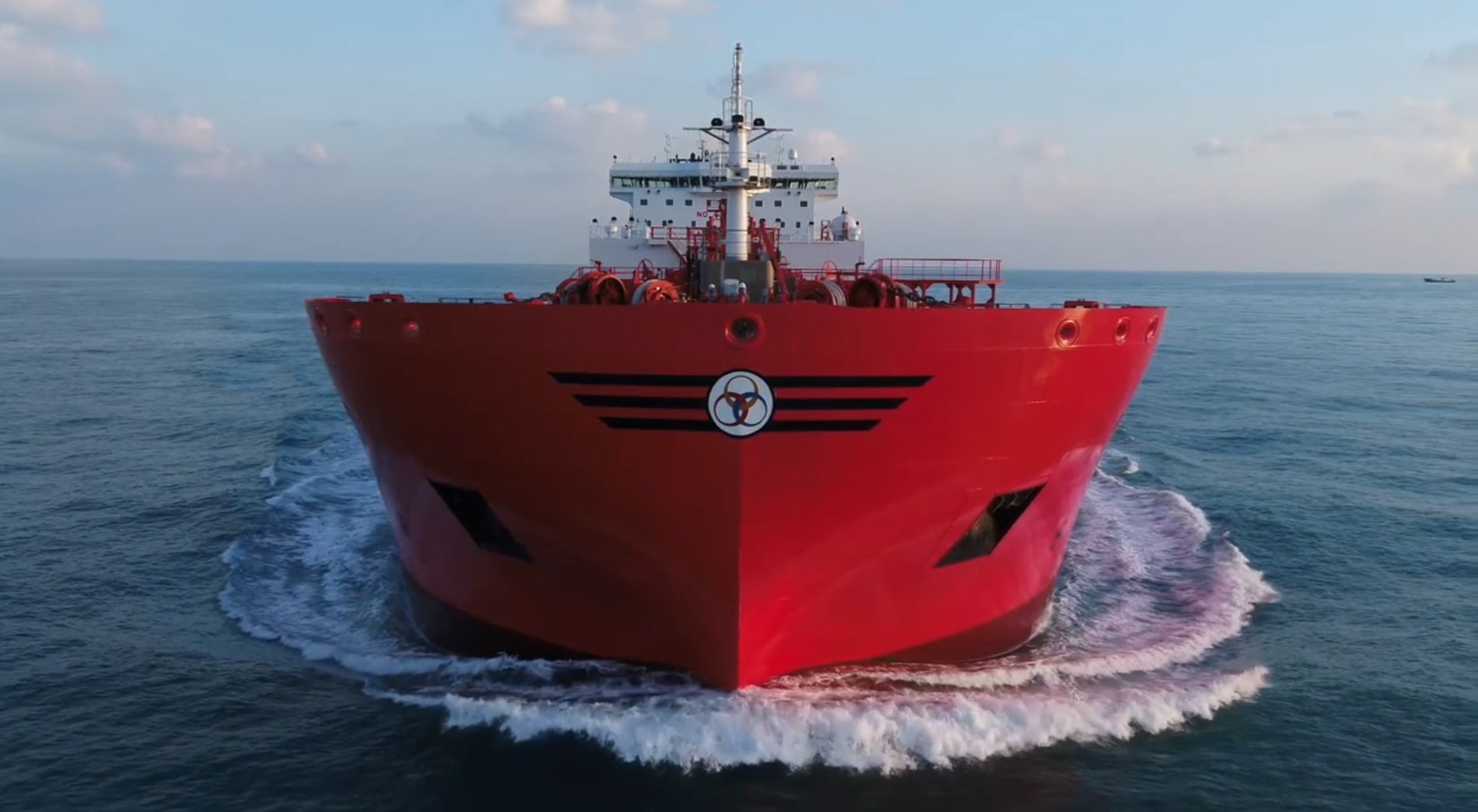For a long time, the foreign trade of our region was centered on traditional agreements with blocs like Europe or North America. However, the current reality is different: Asia leads commercial exchange with Latin America, and everything indicates that this trend will only deepen.
China heads the list as the largest commercial partner for many countries on the continent. We export to China, import from China, and in both flows, logistics plays a determining role. In this context, we understand that optimizing import and export operations is no longer just a competitive advantage: it is a necessity to survive and grow.
Exclusive and growing role
According to a 2025 European Parliament briefing, China holds a key role in trade with Latin America, with a 16.9% share of Latin America’s total trade with the world, surpassing the EU.
In 2000, bilateral trade between China and Latin America barely exceeded 8 billion dollars. Two decades later, that figure had multiplied by more than twenty, surpassing 180 billion dollars in 2020, according to data from China Briefing based on Chinese and Latin American foreign trade statistics.
The growth did not stop there. In 2024, trade between China and the countries of the Community of Latin American and Caribbean States (CELAC) reached a historic record of 515 billion dollars, according to China’s General Administration of Customs. This represents a qualitative leap in the economic relationship between both blocs and positions China as one of the region’s main commercial partners, both in terms of exports and imports.
The role of Hong Kong
But talking about Asia also implies considering the strategic role of Hong Kong, which operates as a differentiated commercial, fiscal, and logistics platform within the Chinese context. Thanks to its highly competitive tax regime – with corporate rates ranging from 8.25% to 16.5%, and no VAT -, and its advanced maritime, air, and financial connectivity infrastructure, Hong Kong positions itself as a privileged entry point to the Asian market.
For many Latin American companies that wish to scale their operations in the region, establishing a structure in Hong Kong offers advantages that go beyond taxation: it facilitates the opening of bank accounts, international trade operations, logistics services, and representation agreements with local operators.
Global logistics ecosystem
For its part, mainland China not only represents a powerhouse in terms of volume, but also a benchmark in terms of infrastructure. With ports like Shanghai, Ningbo-Zhoushan, and Shenzhen leading world rankings in capacity and efficiency, and with railway networks and intermodal logistics centers connecting the country’s interior with its coastal free trade zones, China has transformed its territory into a logistics ecosystem of global scale.
According to the WTO’s World Trade Statistical Review 2024, the Asian country represents almost 30% of all manufactured goods exported in the world, which explains both its role as a supplier and its growing importance as a consumption destination.
Profitability condition
For Latin American goods, this reality implies multiple challenges.
Geographical distance, cultural and regulatory differences, customs times, and international transport costs are critical variables that require planning and precision.
In this sense, logistic efficiency becomes the central axis to make trade with Asia viable and profitable. From cargo consolidation, documentary and customs management, to national distribution and intelligent storage, every link in the chain must be optimized to avoid losses, delays, and overcosts.
In this new global scenario, Latin America has an unavoidable opportunity: to strengthen its logistic integration and take advantage of the platforms it already possesses.
The author is Business Developer of Interborders




